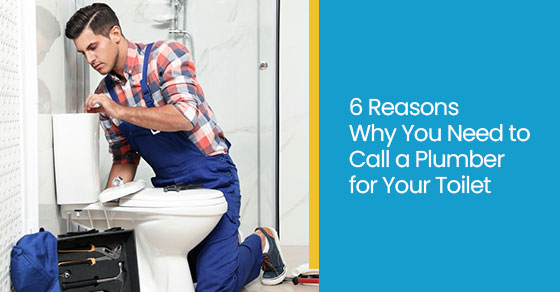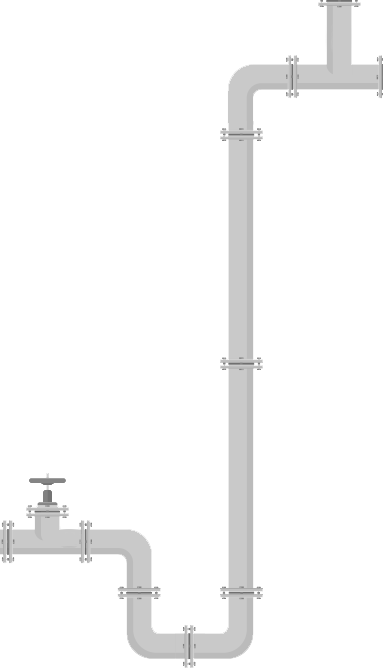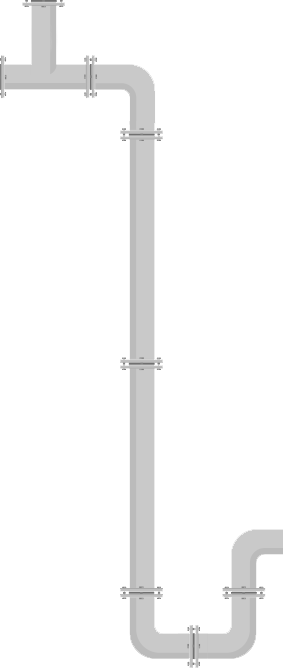6 Reasons Why You Need to Call a Plumber for Your Toilet
Posted by Jason Genah on 17-04-2025

The simple toilet was once considered a luxury item that only the rich or royalty were entitled to. Today, however, every modern home has at least one toilet.
They are no longer a luxury, but a necessity for our daily ablutions and a sanitary requirement for general health and safety. Raw sewage is not only unsightly and foul-smelling, but it can also harbour dangerous bacteria and become a serious health and safety issue.
As well, leaking toilets in the home can lead to water damage and increased water bills. So, if you find a problem with your toilet, it is essential to call for help from an emergency plumber in Toronto as soon as possible in order to resume its normal function.
In this blog, we will discuss six main reasons why you may need expert residential plumbing for issues with your toilet.
1. Slow flushing toilet
If you have used your toilet for years and suddenly notice that its flushing power has slowed down considerably, you will most likely try to use a plunger to unclog it. If this doesn’t help, though, then it means that there is no clog.
Instead, it could be a sign of a build-up somewhere in the drain pipes far from your toilet. If you continue to use the toilet in this condition for a few days or weeks, hoping the problem resolves itself, the situation could worsen and cause the toilet waste to spill over eventually.
You should contact a licensed plumber as soon as possible to investigate the cause of the problem and fix it. In most cases, a snake and camera will be used to access deep inside the pipes to determine the source of the issue.
The problem could be tree roots, hair, floss, or baby wipes that got caught in the pipes and caused a blockage to develop gradually. The plumber can then use the right equipment to remove the blockage and get your toilet working properly again.
2. Clogged toilet
If your toilet is clogged, and the plunger isn’t changing anything, then the problem may be farther downstream. You can try to unclog the blockage using a toilet snake. However, if you notice brown water backing up into your bathroom sink or shower after flushing, or the clog won’t resolve, then you should call a licensed plumber to fix it quickly.
3. Unusual toilet behaviour
After using and observing a toilet for years, it should be possible to detect when something is different, like bubbles or burps when you flush, the system not restoring after a flush, or lower water discharge even though you didn’t make any adjustments to reduce the volume in the water tank.
Everything should work smoothly when you flush; if it doesn’t, you should investigate the problem. Possible issues include air getting into the pipes, worn-out flush system components, or leaks. Contact a licensed plumber as soon as you can to diagnose the problem and fix it promptly before it develops into a bigger issue.
4. Cracked tank or bowl
A crack in either the tank (cistern) or the bowl itself might not be noticeable immediately. However, a crack can lead to a leak in the plumbing system, which will impact the overall function of the toilet.
A slow-filling cistern or water running down the side of the bowl and onto the floor can result in larger problems in the future. These cracks can quickly become bigger, especially if the toilet is used a lot.
Small cracks can be handled without the need to call a professional. For instance, cement filler or caulk can solve most such issues. However, if the crack is on the larger side, then a professional needs to be called before the entire toilet breaks and falls apart.
5. Loose flooring around the toilet
Loose flooring anywhere on your property can be dangerous. Still, around the toilet, it can lead to wobbling around when sitting on it, exacerbating current leaks, and even the toilet falling through the floor. Toilets should sit flush on the floor, properly bolted and secured to prevent leaks.
Loose flooring can be due to a few different factors. The cause needs to be identified as soon as possible so that it can be repaired before serious problems occur.
If it is due to previous water leaks rotting the floor below, then the floor itself needs to be replaced. If it’s a case of improper installation, then correctly reinstalling the toilet would be the solution.
If the cause of a wobbly toilet is not apparent, then calling a plumber to come and assess the issue and repair it will prevent further issues in the future.
6. Running or leaking toilet
On average, a toilet should refill after flushing in 45 seconds. This can be longer if there is a water pressure issue, such as water sourced from wells, or due to the installation of a low-flow flush toilet.
Toilets with the sound of running water for minutes after a flush can indicate an internal leak, a water pressure issue, or a crack allowing water to trickle out into other unseen areas.
If the toilet takes longer than a minute and a half (as with low-flow toilets or homes in rural areas), then a plumber should be called to investigate. Leaking toilets can cost money not just because of increased bills, but also due to the removal of black mould, healthcare costs, and structural integrity issues.
Toilet Maintenance and Prevention
Keeping your toilet clean and in good working order means that your family will be healthy and your finances under control.
This doesn’t have to be a complicated regime. By regularly cleaning the bowl with toilet cleaner and disinfectant, you can check for cracks and potential leaks, while wiping down the tank can do the same.
By flushing the pipes with a drain cleaner or a homemade cleaning solution weekly, you will maintain the piping system, and replacing the bolts or caulk around the base of the toilet will keep it secure and steady for longer.
Should you be unsure about how to perform regular maintenance, your local plumbing company can help out.
Contact Drain King Plumbers for Plumbing Services in Toronto
Generally, if the problem can’t be fixed with a plunger or simple component replacement, then it’s best to contact a licensed plumber for professional toilet maintenance.
Any delays in fixing the problem can increase the damage to the toilet, bathroom floor, and other nearby areas. You will not only suffer the discomfort and inconvenience of having one less usable bathroom, but also spend more on repairs and replacement parts.
With good maintenance, including repairing the internal components, your toilet can last for decades as long as the ceramic bowl doesn’t crack.
Contact Drain King Plumbers today for a thorough and professional assessment of your home’s plumbing system, including your bathroom. Give us a call at 416-661-5464 or go online to book a free consultation.




